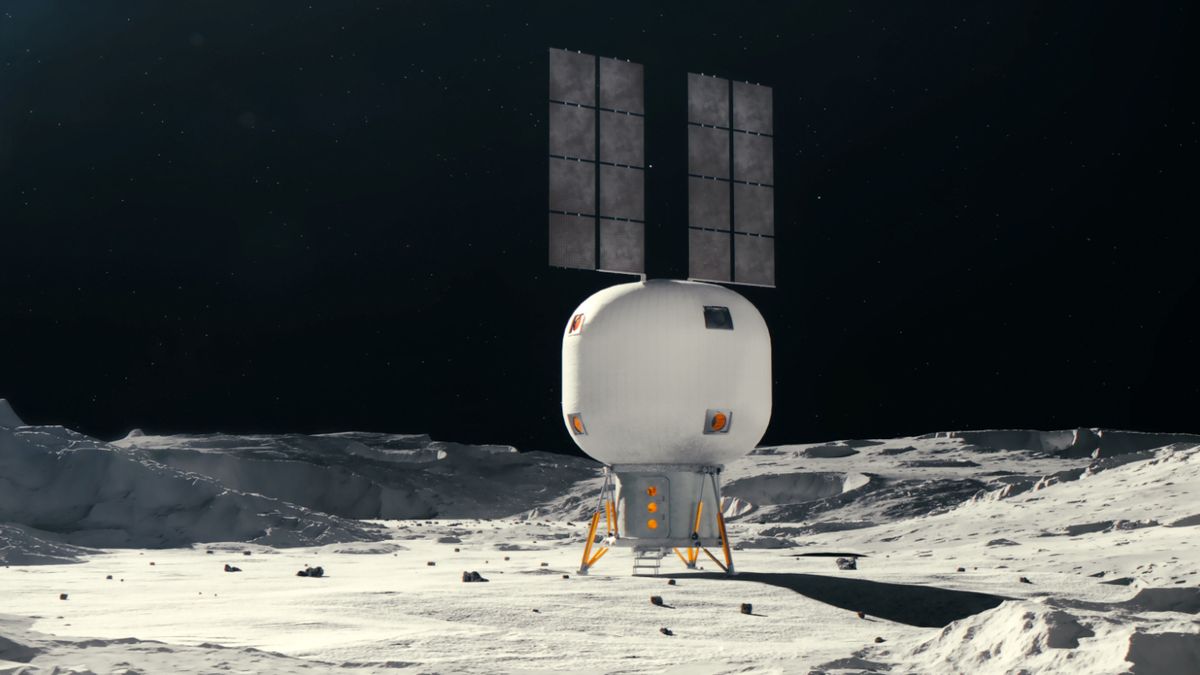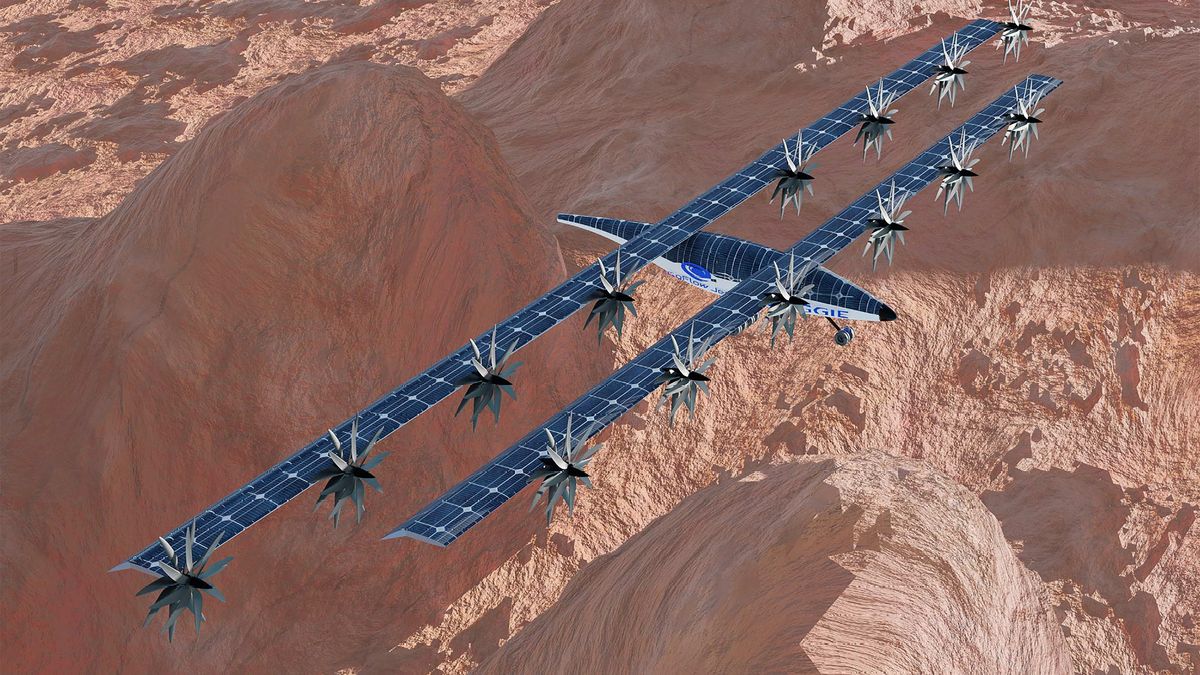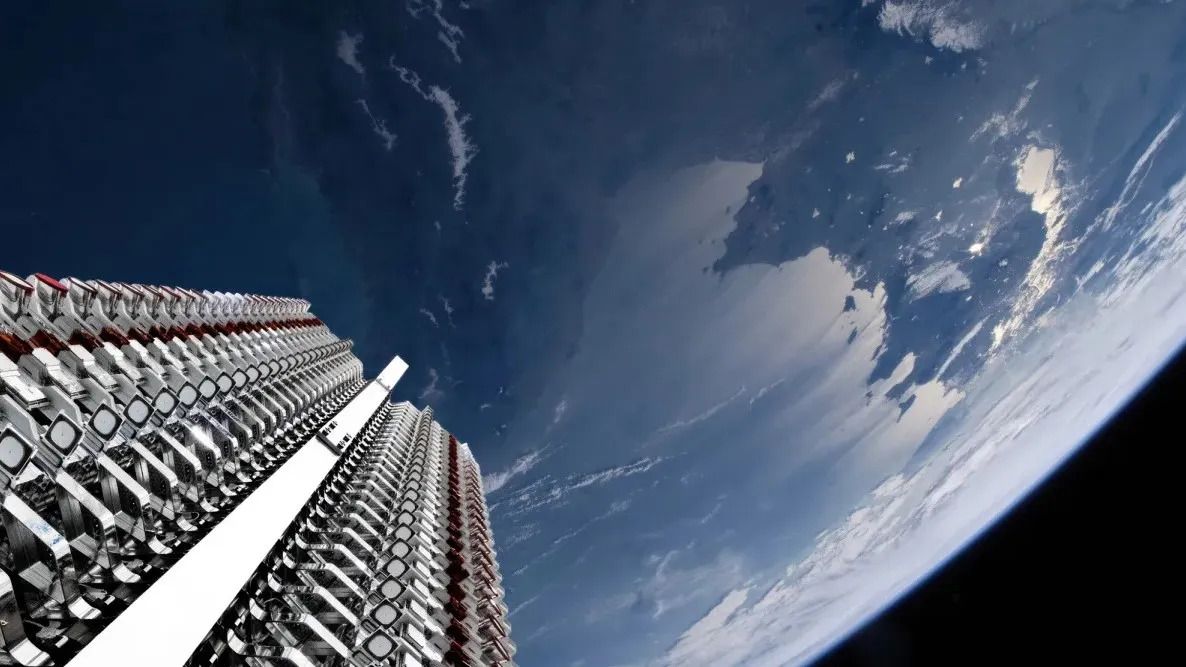Max Space: Pioneering Expandable Space Habitats
In an effort to propel humanity into outer space, Max Space is pioneering the development of inflatable space habitats, with plans for structures as vast as a sports stadium. Unveiled at the prestigious 39th Space Symposium in Colorado Springs, these ambitious designs aim to facilitate the challenging transition from Earth to space. The co-founder of Max Space, Aaron Kemmer, expressed the urgent need for more livable space in space to unlock humanity’s full potential beyond our home planet.
Kemmer’s background in establishing off-Earth manufacturing with Made In Space, which focused on 3D printing devices for the International Space Station (ISS), reinforced his belief in the future of expandable habitats. These innovative structures, including the Porto, exhibit remarkable flexibility as they are compact during launches and significantly expand once in space. This design offers a substantially larger internal volume compared to traditional metallic modules, at a fraction of the cost.
Prototype Success and Future Endeavors
Currently, three expandable module prototypes are orbiting Earth: Genesis 1, Genesis 2, and the Bigelow Expandable Activity Module (BEAM). These structures, developed by Bigelow Aerospace, have paved the way for Max Space’s breakthrough technology. The startup plans to build upon Thin Red Line Aerospace’s expertise, with a new approach that demonstrates superior scalability and efficiency in space module expansion.
Max Space’s upcoming mission involves sending a deployable module, substantially larger than its predecessors, into orbit aboard a SpaceX launch in 2026. This achievement will mark a significant milestone in expandable habitat technology, setting the stage for the company’s ambitious plans for the future. By 2030, Max Space aims to launch a colossal 1,000-cubic-meter module to meet diverse demands in orbit, from research facilities to entertainment venues.
Expanding Beyond Earth Orbit
While Max Space’s initial focus is on Earth orbit, the company has grand aspirations for lunar and Martian settlements. With the ultimate goal of creating habitable structures in lunar lava tubes and Martian terrain, Max Space envisions itself as a key player in establishing human presence beyond our planet. By offering a range of solutions tailored to different industries and customers, including partnerships with the U.S. Space Force, Max Space is poised to revolutionize space exploration.
As Kemmer eloquently put it, “My dream is to have a city on the moon before I die.” The company’s commitment to advancing space habitat technology underscores its dedication to expanding humanity’s reach into the cosmos. By leveraging cutting-edge engineering and innovative design, Max Space is shaping the future of space habitation, one inflatable module at a time.
Image/Photo credit: source url





